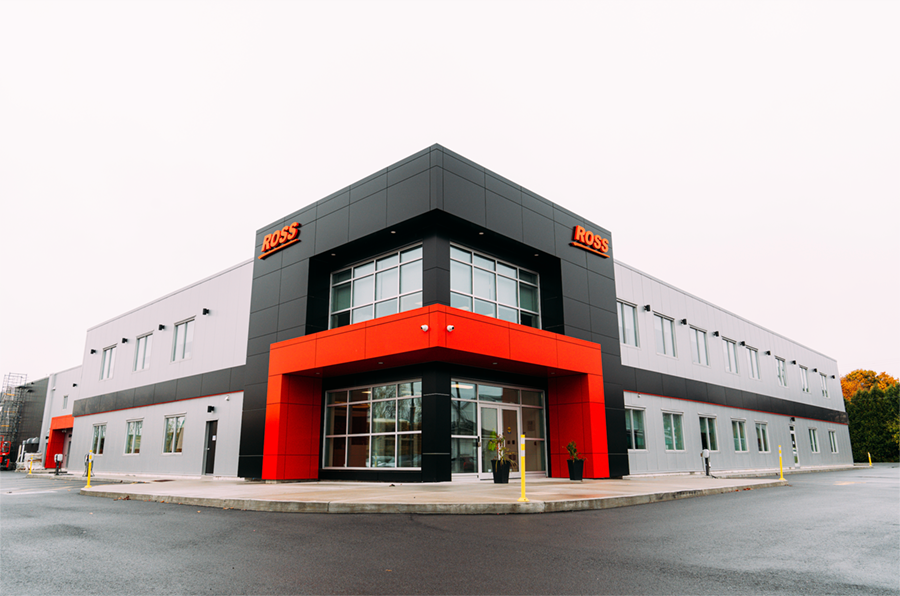Datacasting Could Save Rubber for IPTV
Broadcaster develops system to deliver lessons to schools
JOHNSTON, IOWA: Here at IPTV, we believe our continued survival and growth rests on our ability to differentiate ourselves from alternative content sources by providing local high-definition content. Through this commitment, we will provide improved service to our primary audience. However, there are additional opportunities for us to offer more specialized services to targeted audiences.
DATACASTING 101
For us, datacasting has been an on-going area of interest. Unfortunately, explaining datacasting to lay-people like our legislators is extremely difficult, because the concept is so foreign to the perception of what television is, even in the digital era. Television is pictures and sound transmitted over the air or via a cable, displayed on a television set. Digital television is just better-looking pictures and better- sounding audio transmitted likewise and displayed on wider television sets. Changing this perception is extremely difficult, especially since most people have always had television and they intuitively know what it is.
Even in our datacasting demonstrations, we have struggled because we are datacasting to a computer and the user interface is typically Internet Explorer. The results, although impressive, are immediately perceived as another Internet application, and there is a disconnect between the data and how it was delivered. In most instances, the end users really don't care how the data was delivered. In all instances, they care that it was delivered, and often timeliness is important but how doesn't really matter.
So for us, the challenge is more to show the proper implementation and benefits of timely delivery of a complex product.
One of our pilot projects is to deliver multimedia educational content to rural K12 schools. Classroom teachers use more and more rich media content as integral parts of their lessons. Much of it is in VHS tape libraries at Area Educational Authority facilities throughout the state, and delivered by vans. More and more content is being distributed over the Web, but rural schools in Iowa, especially elementary and middle schools, may have a single shared T-1 line supplying all of their Internet connectivity. It doesn't take too many classrooms using 256 kb encoded media to completely clog the pipes.
For a pilot project, we have created some test material in the form of IP-encoded video and audio, ordinary data files and Web-like pages. The material is processed through our Triveni SkyScraper and IP encapsulator, then statistically multiplexed into our outgoing DTV transport stream through a Logic Innovations transport stream multiplexer. The material is broadcast along with our digital television content.
An edge server at the school receives the content via a B2C2 Air2PC data receiver connected to an external antenna. For ease of installation, we have done our initial configurations using the USB version of the receiver. The only limitation we found with the USB version is that it uses USB 1.1, and therefore has a host interface limit of 8 Mbps compared to the 138 MBps capacity of the PCI version. In the initial tests, this speed restriction is not a significant problem. However, as we expand this service in the future, especially if HD content is added to the mix, we may have to migrate to the PCI card or hope that B2C2 builds a USB 2 version.
SECOND SERVER
A separate server at the school is critical. Since much of the content to be delivered will be full-motion video files, optimizing the server performance to deal with this is crucial as more classrooms begin to access content from the server.
The other issue is security, for both the delivered media and the school's network. Much of the media has limited use licenses that must be protected, so content has to have expiration dates that will have to be managed as part of the server application. The schools are also very sensitive about access to their systems, so configuring a separate server protects school security.
When fully implemented, the service will allow classroom teachers to order content from the AEA library and have it delivered for the next day's class as opposed to waiting a week for a van to deliver the material.
FOR HOMELAND SECURITY
We're also working on a datacasting project for the Iowa Dept. of Homeland Security, targeting first responders in the event of an emergency. Although general public alerts will continue to be the purview of the EAS system, relaying data statewide to emergency service personnel has generated interest.
The first example that we presented to the department was an AMBER alert that included a detailed description of the missing child, the vehicle the abductor used, and pictures. Through our statewide network, this information would be delivered to all affected agencies, automatically generating the alert and opening a window on their computers. The dynamic nature of the alert and the level of information provided generated considerable interest.
In recent months, we have begun working with some potential partners on delivering this level of detailed information to first responders in mobile environments. Unfortunately, this aspect of the project is not very far along, and because of nondisclosure agreements, I cannot go into detail. But given the proliferation of terminals in police cars, there is great interest in the project.
The professional video industry's #1 source for news, trends and product and tech information. Sign up below.
Bill Hayes is the former director of engineering and technology for Iowa PBS and has been at the forefront of broadcast TV technology for more than 40 years. He’s a former president of IEEE’s Broadcast Technology Society, is a Partnership Board Member of the International Broadcasting Convention (IBC) and has contributed extensively to SMPTE and ATSC. He is a recipient of Future's 2021 Tech Leadership Award and SMPTE Fellow.

